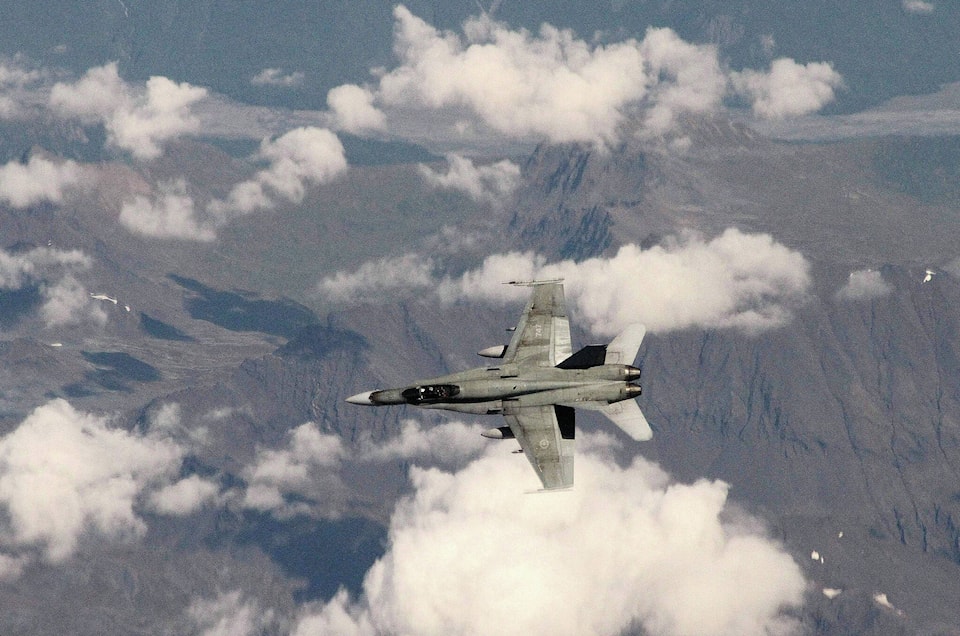An “anomaly” that military officials were tracking through the weekend before fighter jets downed an unknown object over the Great Lakes was first detected in Canadian airspace.
Norad commander Gen. Glen VanHerck says radar first picked up the object on Saturday at about 4:45 p.m. EST, about 110 kilometres north of the Canada-U.S. border.
VanHerck says it crossed into U.S. airspace over Montana about an hour later, but fighter jets were unable to locate it, which is why it was deemed an anomaly.
Radar newly detected an object approaching Wisconsin that night, and President Joe Biden ordered it shot down over Lake Huron, where it landed in Canadian waters.
VanHerck told a media briefing Sunday that while it’s “likely” the two sightings were of the same object, Norad is unable to confirm whether that was the case.
It was the third unidentified object to be shot down over North American airspace in as many days, all three coming after the U.S. downed what it says was a Chinese surveillance balloon Feb. 4.
“Because we have not been able to definitively assess what these recent objects are, the president wanted to act out of an abundance of caution to protect our security and in our interest,” VanHerck told reporters Sunday.
“We will remain vigilant. We have made these enhancements to our radars. And the operations this past week have been successful in bringing down these potential threats.”
VanHerck acknowledged that since the Chinese spy balloon was first spotted late last month, Norad has recalibrated its systems to better detect smaller objects that move at lower speeds.
As a result, more objects are being detected, he said.
“If you have radars on all the time that were looking at anything from zero speed up to, say, (160 kilometres per hour), you would see a lot more information,” VanHerck said.
“So, with some adjustments, we’ve been able to get a better categorization of radar tracks now. And that’s why I think you’re seeing these overall.”
The U.S. National Security Council co-ordinator is expected to provide further updates later today when he joins the daily White House press briefing.
